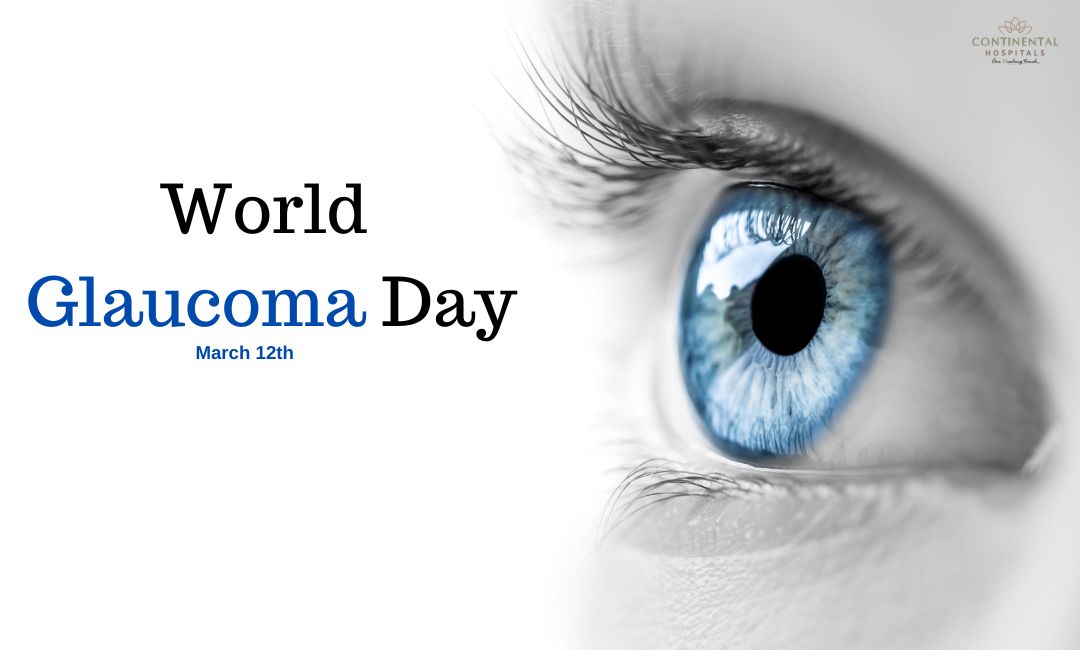Every year, March 12th marks World Glaucoma Day, a global initiative aimed at raising awareness about this leading cause of preventable blindness. As a silent thief of sight, glaucoma often progresses without noticeable symptoms until later stages, making early detection and management crucial.
What's Glaucoma?
Glaucoma is a group of eye conditions that damage the optic nerve, which is crucial for good vision. This damage is often caused by abnormally high pressure in the eye, known as intraocular pressure (IOP). Glaucoma is a leading cause of blindness worldwide, especially in older adults.
There are several types of glaucoma, including:
Open-angle glaucoma: This is the most common type, where the drainage angle in the eye remains open but becomes less efficient over time, leading to increased eye pressure.
🥗 Healthy Plate Challenge
🍽 Add Your Favorite Dish
Pick Your 6 favorite foods, eat, and see the results.Drag & drop foods onto your plate.
Drop Food Here
Angle-closure glaucoma: In this type, the drainage angle of the eye becomes blocked or narrowed, causing a sudden increase in eye pressure.
Normal-tension glaucoma: Despite having normal eye pressure, damage to the optic nerve still occurs in this type of glaucoma.
Secondary glaucoma: This type occurs as a result of another eye condition or disease, such as eye injury, inflammation, or tumor.
Symptoms of Glaucoma:
Symptoms of glaucoma can vary depending on the type and stage of the disease. In many cases, glaucoma progresses slowly and may not cause noticeable symptoms until significant vision loss has occurred. However, there are some signs that individuals should be aware of, which may indicate the presence of glaucoma:
Gradual loss of peripheral vision: One of the earliest signs of glaucoma is often a gradual loss of peripheral vision, which may go unnoticed until it becomes more pronounced.
Blurred or hazy vision: Individuals with glaucoma may experience blurred or hazy vision, particularly in the early stages of the disease.
Halos around lights: Some people with glaucoma may see halos or rings around lights, especially at night.
Intense eye pain: In cases of acute angle-closure glaucoma, individuals may experience sudden and severe eye pain, along with nausea, vomiting, and headache.
Redness in the eye: Redness in the eye, along with sudden onset of eye pain and vision disturbances, may indicate an acute attack of angle-closure glaucoma.

If you experience persistent or severe eye strain, consult with an Eye care specialist for a comprehensive eye examination to rule out any underlying eye conditions.
Early Detection of Glaucoma:
Early detection of glaucoma is critical for preventing vision loss and preserving sight. Since glaucoma often develops slowly and without noticeable symptoms, regular comprehensive eye examinations are essential for early detection. During an eye exam, an eye care professional will perform various tests to assess the health of the eyes and detect any signs of glaucoma, including:
Tonometry: This test measures the pressure inside the eye (intraocular pressure). Elevated intraocular pressure is a significant risk factor for glaucoma.
Visual field testing: Visual field testing assesses the full extent of peripheral vision to detect any areas of vision loss or impairment.
Optic nerve evaluation: An examination of the optic nerve using a special instrument called an ophthalmoscope or through imaging techniques such as optical coherence tomography (OCT) can help identify signs of optic nerve damage, a hallmark of glaucoma.
Gonioscopy: Gonioscopy is a test that allows the eye care professional to examine the drainage angle of the eye to determine if it is open or closed, which can help diagnose certain types of glaucoma.
Treatment Options:
Treatment for glaucoma typically aims to lower intraocular pressure (IOP) to prevent further damage to the optic nerve. The main treatment options include:
Medications: Eye drops are commonly prescribed to reduce intraocular pressure by either decreasing the production of aqueous humor or improving its outflow. These include prostaglandin analogs, beta-blockers, alpha-adrenergic agonists, carbonic anhydrase inhibitors, and miotic agents. Compliance with medication regimens is essential for effective management.
Laser Therapy: Laser trabeculoplasty and laser iridotomy are procedures that can help improve the outflow of aqueous humor and reduce intraocular pressure. These are typically considered when medications alone are insufficient or not well-tolerated.
Surgery: If medications and laser therapy fail to control intraocular pressure, surgical intervention may be necessary. Procedures such as trabeculectomy, minimally invasive glaucoma surgery (MIGS), or placement of drainage implants can be performed to create alternative pathways for aqueous humor drainage.
Regular Monitoring: Glaucoma is a chronic condition that requires ongoing monitoring to assess the progression of the disease and the effectiveness of treatment. Regular eye exams, including measurement of intraocular pressure and assessment of optic nerve health, are essential.
Prevention of Glaucoma:
Regular Eye Exams: Routine eye exams are crucial for early detection of glaucoma. Comprehensive eye exams should be scheduled at least every 1-2 years, especially for individuals over the age of 40, those with a family history of glaucoma, or those with other risk factors.
Know Your Family History: People with a family history of glaucoma are at a higher risk of developing the condition. Informing your eye doctor about your family history can help them determine your risk level and recommend appropriate screening intervals.
Maintain a Healthy Lifestyle: A healthy lifestyle, including regular exercise and a balanced diet, can help maintain overall eye health. Research suggests that regular exercise may help lower intraocular pressure, which is a risk factor for glaucoma.
Protect Your Eyes from Injury: Trauma to the eye can increase the risk of developing glaucoma. Wearing appropriate eye protection during sports or work activities that pose a risk of eye injury can help prevent damage.
Manage Medical Conditions: Some medical conditions, such as diabetes and high blood pressure, can increase the risk of glaucoma. Managing these conditions through medication, lifestyle changes, and regular medical check-ups can help reduce the risk.
Avoid Smoking: Smoking has been linked to an increased risk of developing glaucoma and can also exacerbate the condition in those already diagnosed. Quitting smoking can help protect overall eye health.
Limit Caffeine Intake: Some studies suggest that excessive caffeine intake may increase intraocular pressure, though more research is needed in this area. Moderating caffeine consumption may be beneficial for those at risk of glaucoma.
Follow Prescribed Treatment Plans: For individuals diagnosed with glaucoma, following the prescribed treatment plan is essential for managing the condition and preventing further vision loss. This may include using eye drops, taking oral medications, or undergoing surgical procedures as recommended by an ophthalmologist.
World Glaucoma Day serves as a crucial reminder to prioritize eye health and schedule regular eye examinations. By understanding glaucoma, its symptoms, and available treatment options, you can empower yourself and your loved ones to preserve the precious gift of sight. Let's work together to raise awareness, advocate for research, and ensure individuals worldwide have access to the necessary resources to prevent glaucoma-related vision loss.
If you experience persistent or severe eye strain, consult with an Eye care specialist for a comprehensive eye examination to rule out any underlying eye conditions.
Related Blog Topics:
1. The 20-20-20 Rule: A Simple Solution for Alleviating Eye Strain
.webp)














